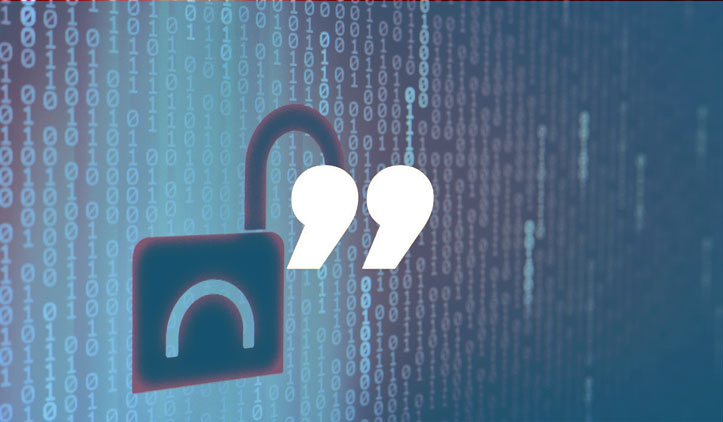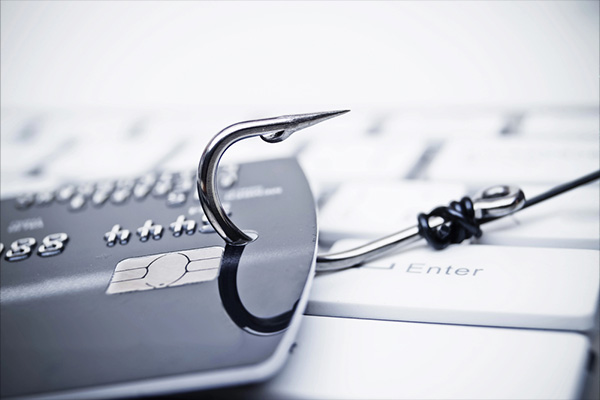Let’s Get Technical: What is a Data Breach?

How to Choose a Managed Services Provider (MSP)
August 6, 2019
Remote Access Technology – Bring Your Office with You
September 3, 2019Terms like “data security”, “data breach”, and “data recovery” have become common words in today’s tech world. It’s reasonable to assume that many people have a vague understanding of these terms based on context. However, understanding exactly what constitutes a data breach can provide valuable insight on how to prevent a data breach or deal with it after it happens.
Data Breach Definition
Though it can encompass a wide range of possible events, a data breach is simply any incident where information is stolen or taken from a system without the knowledge or authorization of the system’s owner. Data breaches are often targeted attacks, hacking, or malware attacks, performed by individuals for the purpose of identity theft or fraud. This includes two main types of data breaches:
- One targets companies that store customer data on their own systems to sensitive information like passwords, credit card numbers, Social Security numbers, banking information, driver’s license numbers, medical records, and other sensitive information.
- The second type targets second-party data sources, like credit bureaus, that hold similar sensitive information.
We often think of data breaches being performed remotely, by shady hackers in a dark room. However, data breaches can also be performed locally by physically accessing a computer or network to steal local files and information The term data breach also encompasses other methods of stealing data like credit card skimmers, loss or theft of physical devices like laptops or phones, insider leaks, and accidental or unintentional disclosure.
A Recipe for Disaster
While data breaches are a major issue, knowing how they are performed can help you to prevent a breach and the ensuing disaster. A data breach will generally follow these steps:
Research: The attacker will first choose a target and identify any weaknesses that they may be able to exploit. Weak points may include the employees, systems, or the network. This stage may involve many hours of painstaking research to determine the best method to obtain data without risking being caught.
Attack: Having researched and determined a target’s weaknesses, the attacker makes initiates either a network or social attack.
In a network attack, the attacker exploits weaknesses in the target’s IT infrastructure to instigate a breach. These weaknesses may include but are not limited to SQL injection, vulnerability exploitation, and session hijacking.
In a social attack, the attacker uses social engineering tactics to infiltrate the target network. This could involve a phishing email sent to an employee. The email has the potential to trick the recipient into supplying personal data to the sender either directly or through a link, or include a malware attachment set to execute when downloaded.
Exfiltrate: Once inside the network, the attacker can obtain data from the company’s network. The information can be used for blackmail, propaganda, identity theft, or other actions. This poses not only a danger to the individuals whose data was stolen but can destroy a company’s reputation and incur huge fees and penalties.
Armed with the knowledge of the process of a data breach, you are better equipped to prevent one of these data disasters. At SingularisIT we provide a range of security services. Our Remote Desktop as a Service (RDaaS) keeps your sensitive information safe by eliminating local storage and utilizing completely secure cloud services. In addition, Backup as a Service (BaaS) and Disaster Recovery as a Service (DRaaS) services can help you to regain your information in case you are hacked. We also offer free downloadable resources to help you learn more about how to keep your business and client data safe and secure.


